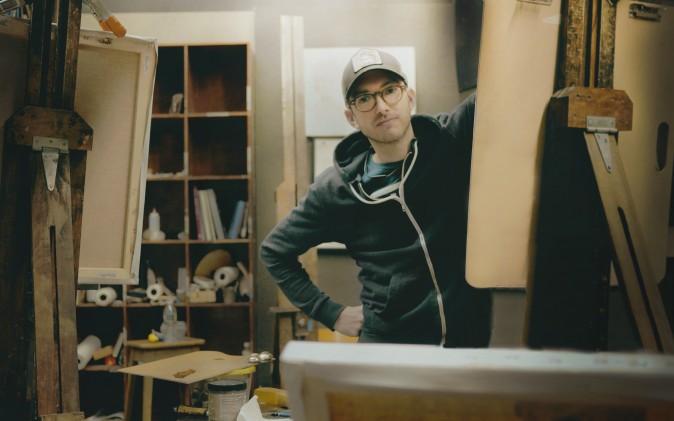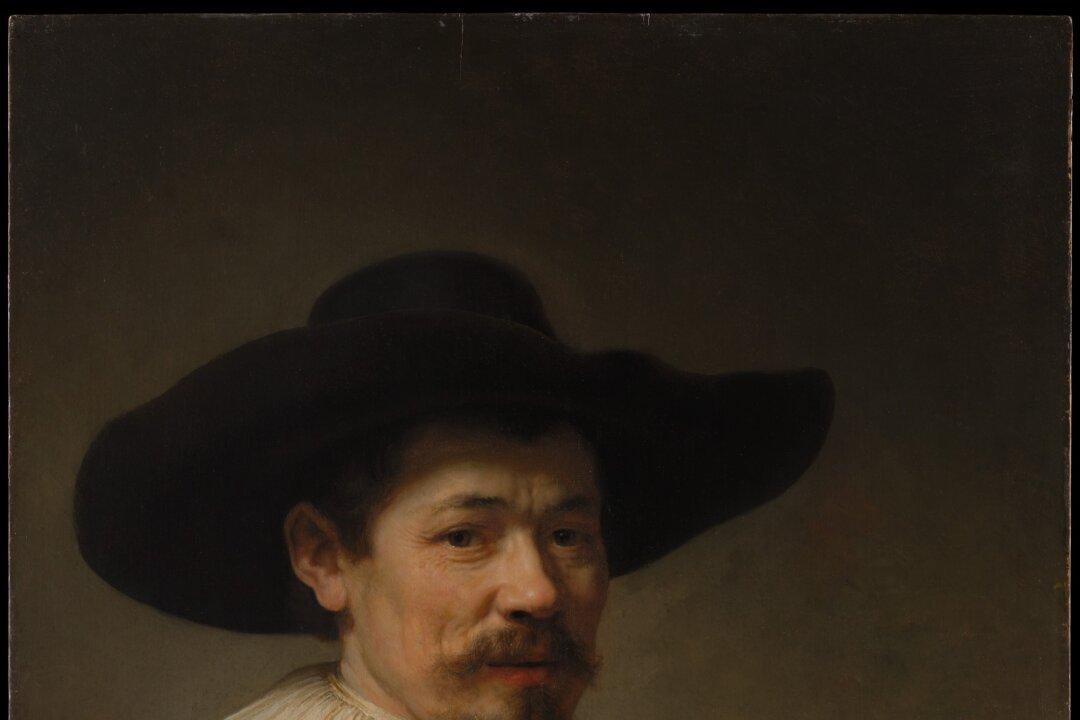In this column, “The Masters’ Thread,” artists share their thoughts about how one master’s piece inspires their current work.

Dale Zinkowski in his studio. Mariana H./Cargocollective.com

In this column, “The Masters’ Thread,” artists share their thoughts about how one master’s piece inspires their current work.
